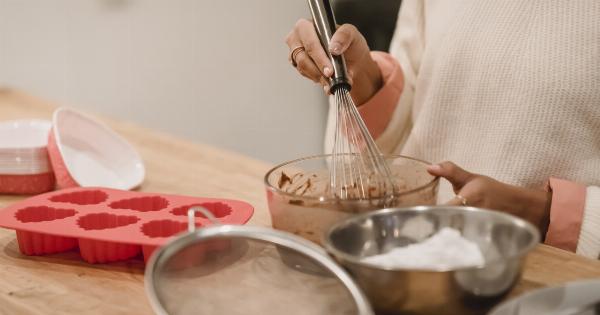Mold is a type of fungus that grows in damp and humid environments. It thrives in areas with moisture, such as bathrooms, basements, and kitchens. While mold is a natural part of the environment, it can have negative effects on your health and your home.
Mold can be a silent killer in your home, lurking in hidden places and causing serious health issues. In this article, we’ll take a closer look at mold, the dangers it poses, and how you can prevent it from taking hold in your home.
What is Mold?
Mold is a type of fungus that grows in damp and humid environments. There are many different types of mold, and they come in a variety of colors, such as black, green, white, and yellow.
Mold releases tiny spores into the air, which can be inhaled and cause health problems. When mold spores settle on damp surfaces, they can grow and spread quickly.
The Dangers of Mold
Mold can have serious negative effects on your health, especially if you are allergic to it. Mold exposure can cause symptoms such as sneezing, runny nose, red eyes, and skin rash. It can also worsen asthma symptoms and cause respiratory issues.
In some cases, mold exposure can lead to serious health problems such as lung infections and neurological issues.
In addition to the health risks, mold can also cause damage to your home. It can weaken the structure of your home, and it can also cause unsightly stains and odors.
Mold can also make your home less appealing to potential buyers, which can impact the value of your home if you are looking to sell it.
How to Prevent Mold in Your Home
The best way to prevent mold from growing in your home is to control the moisture levels. You can do this by fixing any leaks in your home right away, using dehumidifiers in damp areas, and keeping your home well-ventilated.
Here are some tips to help you prevent mold from taking hold in your home:.
1. Fix any leaks in your home
Leaks can lead to dampness, which can create the perfect environment for mold to grow. If you notice a leak, it’s important to fix it right away to prevent water from accumulating in your home.
This will help keep your home dry and prevent mold growth.
2. Use dehumidifiers in damp areas
If you live in a humid area, you may need to use a dehumidifier to keep the moisture levels in your home under control. Dehumidifiers are especially useful in basements and bathrooms, which tend to be damp and humid.
By keeping the moisture levels low, you can prevent mold from growing in your home.
3. Keep your home well-ventilated
Good ventilation is key to preventing mold growth in your home. Make sure that your home is well-ventilated, especially in areas where moisture tends to accumulate, such as bathrooms and kitchens.
You can use exhaust fans or open windows to increase the air flow in your home and reduce the risk of mold growth.
4. Clean up any spills or water damage right away
If you spill water on the floor or notice any water damage in your home, it’s important to clean it up right away to prevent mold growth. Use a towel or mop to soak up any excess water, and then use a fan to dry the area completely.
This will help prevent mold from taking hold.
5. Monitor the humidity levels in your home
It’s important to monitor the humidity levels in your home to prevent mold growth. You can use a hygrometer to measure the humidity levels in your home. Ideally, the humidity levels should be between 30% and 50%.
If the humidity levels are too high, you may need to use a dehumidifier to bring them down.
6. Clean and dry any surfaces that get wet regularly
If you have surfaces in your home that get wet regularly, such as shower walls and floors, it’s important to clean and dry them regularly to prevent mold growth.
Use a squeegee to remove any excess water from the surfaces, and then use a towel to dry them completely. This will help prevent mold from taking hold.
Conclusion
Mold can be a silent killer in your home. It can cause serious health issues, damage your home, and make it less appealing to potential buyers. The best way to prevent mold growth is to control the moisture levels in your home.
By fixing any leaks, using dehumidifiers, keeping your home well-ventilated, cleaning up spills and water damage right away, monitoring the humidity levels, and cleaning and drying any wet surfaces regularly, you can prevent mold from taking hold in your home.































